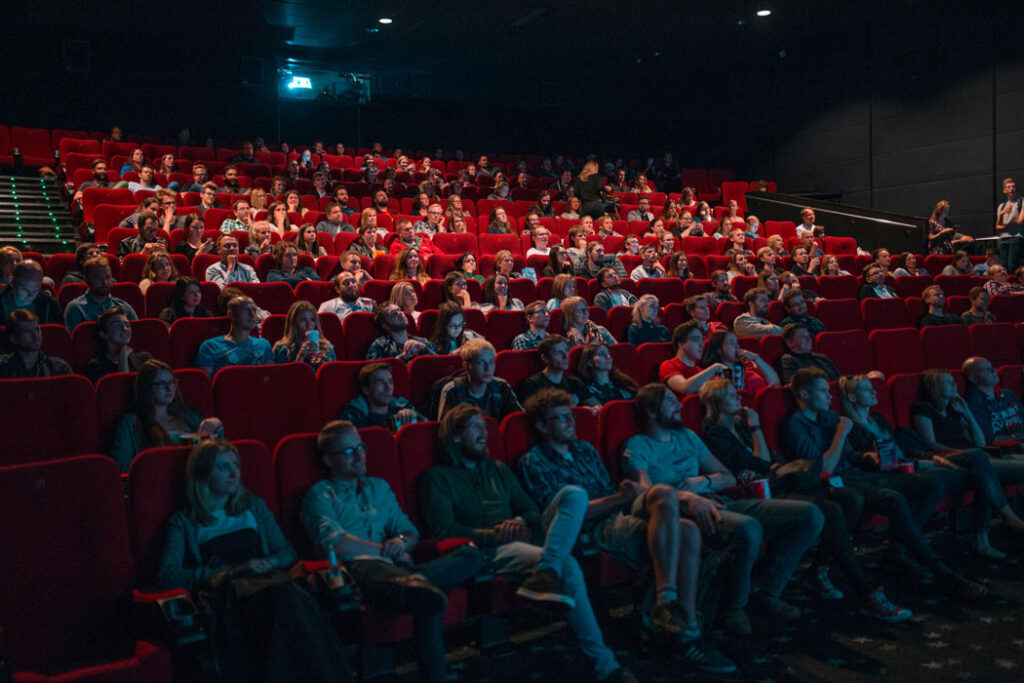
The prime reason that most people invest in a good sound system today is for their home theater. Movies at home have never looked or sounded so good. Video games on a good system can blow you away. My personal favorites include musical concert videos. I was given an exceptionally good jazz concert in the ’80s (on a LaserDisc) that featured Dave Grusin on keyboards, Lee Ritenour on guitar, Carlos Vega on drums, and Abraham Laboriel on bass. I owned similar recordings of them on CD, yet I played the video ten times more often! I could watch the artists’ facial expressions, how they interacted and honored each other, and how they handled their instruments. It taught me a lot.
Most of the rules that apply to setting up an audio system for great music are the same for movie and TV sound—with a few fundamental differences. If you understand them, your home theater should enhance your movie viewing beyond belief and sound wonderful on music!
Forget Built-In TV Speakers
Today, speakers built into TVs are all but worthless. Flat screens are so skinny that there’s no room for a speaker that can handle volume or bass very well. And even if there were enough space, today’s TVs are so competitively priced that the manufacturers can’t afford to use expensive amps or speaker components.
Sound Bars Are a No-No
Unless you have a severe space problem, avoid sound bars. By the time the sound bars are sophisticated and big enough to have excellent sound, they cost more than well-designed home theater receivers hooked to respectable speakers.
Test with Live Recordings
If you want to refine your sound, make sure you use live, acoustical music to test your system, and not a movie soundtrack. Why? Because movie soundtracks are made in Foley booths after the scenes are shot, with noises created artificially and voices dubbed in. The soundtracks sound clean, but part of the brain knows that it’s not quite real. A live stereo recording in real acoustic space will tell you far more about the audio system you intend to buy. And the system that sounds the most natural on music will greatly enhance the realism of the movie!
Start Small with Quality
Make your speaker choices based upon the quality you want, not just quantity. A system that starts with a stereo pair can quickly need a center dialogue channel, two to four rears, a subwoofer or two, and up to four height channels for the effects of Dolby Atmos or DTS:X movies. If you don’t have the budget for doing them all adequately, start with fewer speakers of proper quality. You can always add more later.
Let’s Talk About TV Size
A great audio system with clarity, imaging, and dynamic punch will make a smaller TV appear larger in your mind’s eye. So let’s talk about the ideal TV size to see if your present TV is big enough for your satisfaction.
A client told me that in his old home, he had loved his 32-inch TV. In his new home, he wanted a much bigger picture and ordered a 50-inch flat screen. But the big screen wasn’t giving him the experience he’d hoped for by moving up in size.
The reason? He had watched the 32-inch from 5 feet away. In the new house, the 50-inch was 20 feet away! Size matters, but more important is how much of your field of vision is filled by the screen.
When I go to a theater, I move forward or back in the rows in order to immerse my field of vision without getting a headache. In most theaters, that’s about halfway up. By attending many theaters, measuring the angle to the sides of the screen, and bringing the results home, I developed a formula to get the full-immersion experience of sitting halfway up in the movie theater when at home. Here it is:
A little 32-inch TV can give you this involvement from 3 feet away. A bit tough if you’re entertaining friends, though!
A 50-inch is immersive from 5 feet away. A 65-inch from 6 ½ feet away. An 85-inch from 8 ½ feet away. A 100-inch from 10 feet away. And so on.
Now if these distances sound too close to the screen, it’s because we’ve always allowed a lower level of immersion to be acceptable in our homes than we would ever allow at a movie theater. That’s because until quite recently, few could afford true movie-sized screens in their homes. Not that long ago, a 40-inch flat screen cost $12,000. When the first “cheap” 65-inch flat TV came out, it was $24,000. Years later, an early 100-inch screen HDTV sold for $120,000!
Today, movie impact is indeed affordable, even if you have a large room. One of my favorite TV lines has their amazing top-of-the-line 85-inch with 8K resolution for only $7,999. The entry level in their award-winning pro series includes a 75-inch for only $1,399, and a 65-inch for only $899. If you’re willing to go to a promotional brand TV, a 65-inch can be had for under $500!
One more thing. Now that you know your room’s ideal TV size, if you can’t fit a big TV into your designated area, just remember that a powerful audio system will make a smaller TV seem bigger. You can also use this to justify a slightly smaller, higher performance TV, like the amazing OLED models.
My recurring theme seems to be “quality over quantity.” Quality always delivers higher performance. You get the subtlety you deserve from both your audio and your video system. And that translates into fun!
Paul Squillo is a trumpet player, an audio-video specialist, and CEO of Golden Ears, Inc., in Fairfield, Iowa. He welcomes your feedback at paul@paulsquillo.com.
